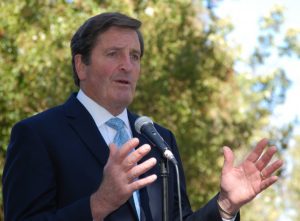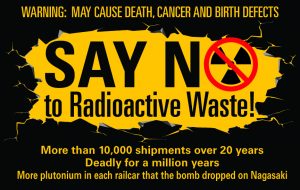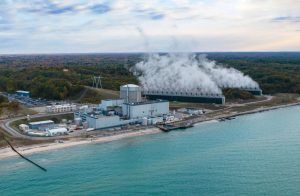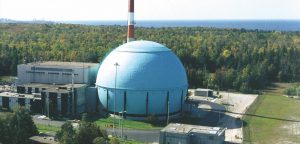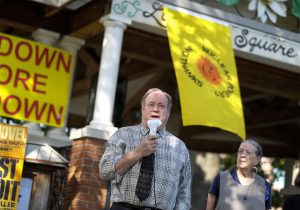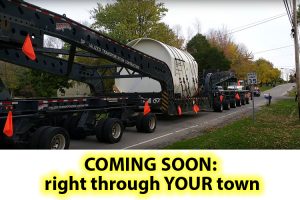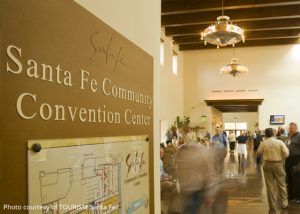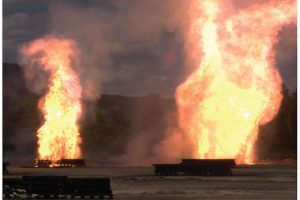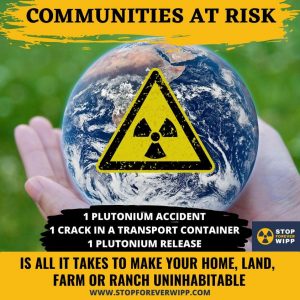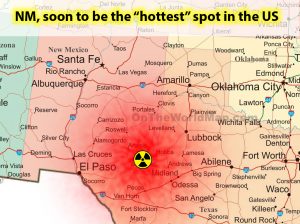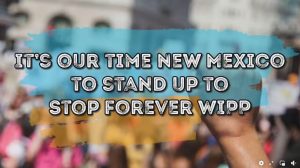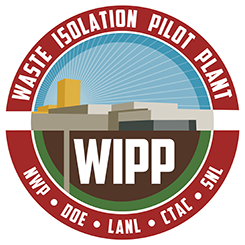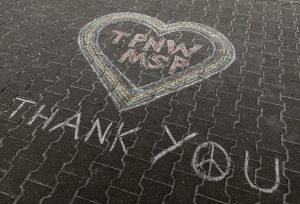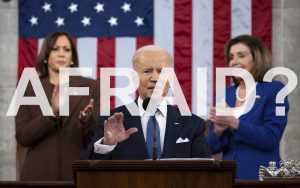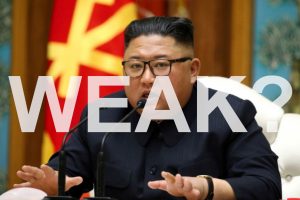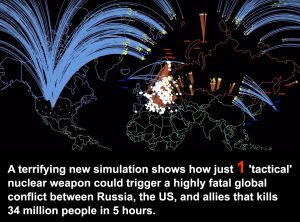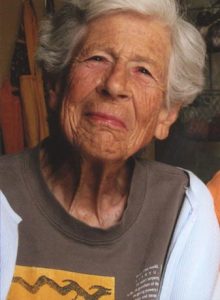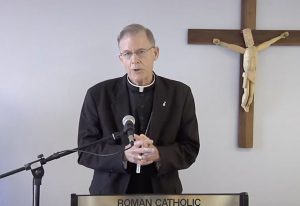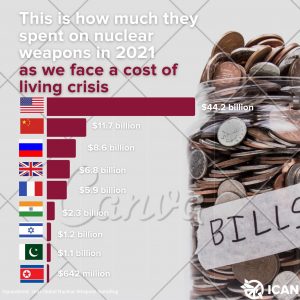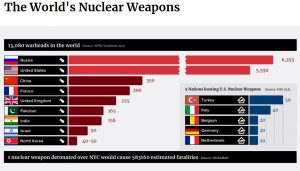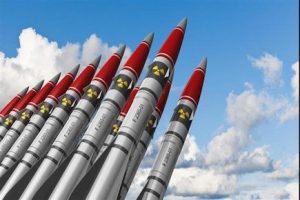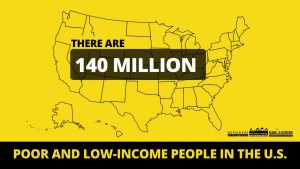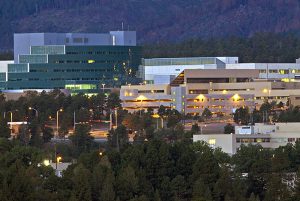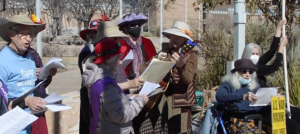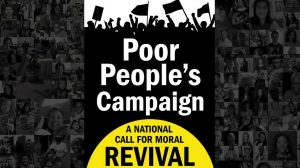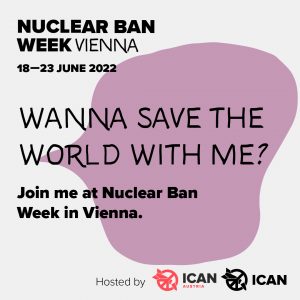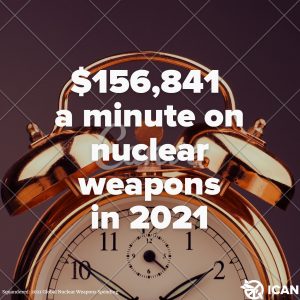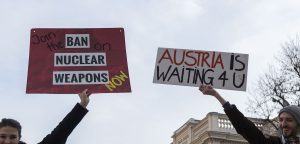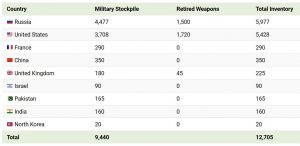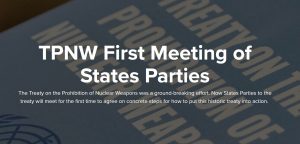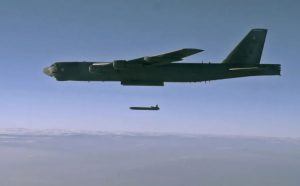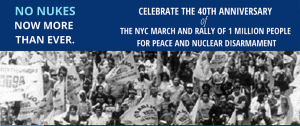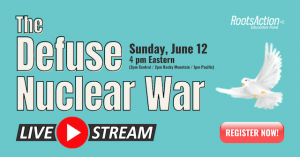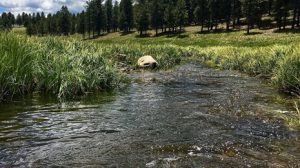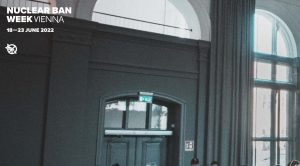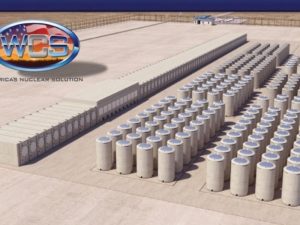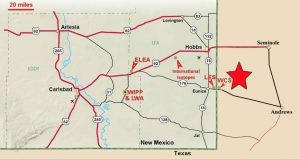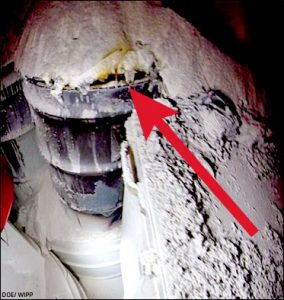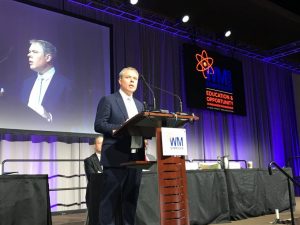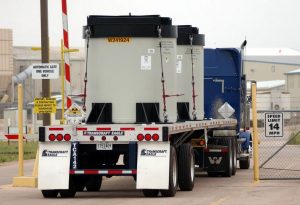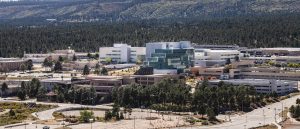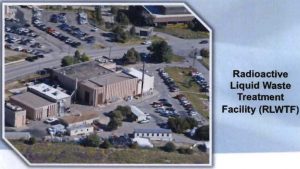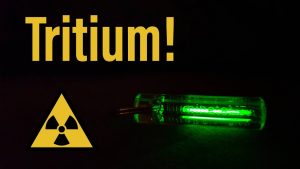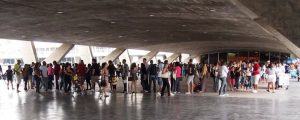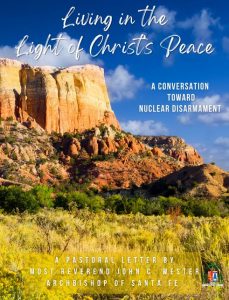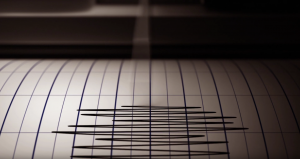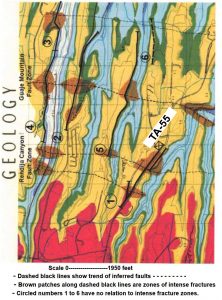![]() In the face of continuing problems and escalating costs for expanded production of plutonium “pit” bomb cores for nuclear weapons, U.S. Congressman John Garamendi, of California, has offered common sense provisions to the
In the face of continuing problems and escalating costs for expanded production of plutonium “pit” bomb cores for nuclear weapons, U.S. Congressman John Garamendi, of California, has offered common sense provisions to the 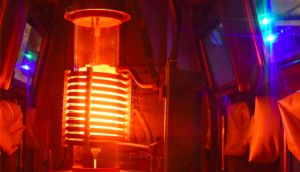 National Defense Authorization Act (NDAA) for plutonium pit accountability. https://garamendi.house.gov/
National Defense Authorization Act (NDAA) for plutonium pit accountability. https://garamendi.house.gov/
Garamendi’s provisions require:
- An integrated master schedule for the overall plutonium pit production effort of the National Nuclear Security Administration (NNSA), including timelines, required resources, and budgets for planned work;
- A holistic programmatic environmental impact statement on expanded plutonium pit production that accounts for all simultaneous pit production at multiple sites; and
- An independent review of plutonium pit lifetimes.
The provisions were adopted all at the same time without debate or controversy into the House NDAA bill. After the bill passes the House, it will head to the Senate.
The provisions are important to hold the Department of Energy (DOE) and NNSA accountable. The federal agencies do not have an integrated master schedule for the overall expansion of plutonium pit production at Los Alamos National Laboratory (LANL), the only facility with the capabilities to fabricate plutonium 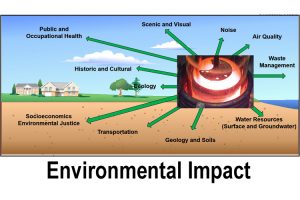 pits. Since 2017, the escalating budget for LANL has doubled from $2.4 billion to nearly $5 billion dollars with little or no accountability.
pits. Since 2017, the escalating budget for LANL has doubled from $2.4 billion to nearly $5 billion dollars with little or no accountability.
DOE and NNSA have refused to prepare a new site-wide environmental impact statement (EIS) for LANL. The current site-wide analysis was completed in 2008 – 14 years ago. Generally a new site-wide is done every 10 years.
The fact that a new site-wide has not been done means that none of the proposed expansion of LANL in support of pit production has been subject to public review and comment. http://nuclearactive.org/wp-content/uploads/2021/03/SFCC-2021-LANL-SWEIS-Request-Resolution.pdf
Further, an independent review of how long a plutonium pit will last, or its lifetime, is essential to determine whether LANL expansion is even needed.
In Northern New Mexico, LANL is expanding its footprint across the sacred Pajarito Plateau, with plans to build a bridge over the Rio Grande to reduce commute travel times. It is also is upgrading the decades old Plutonium Facility, which sits on the Pajarito Fault Zone. 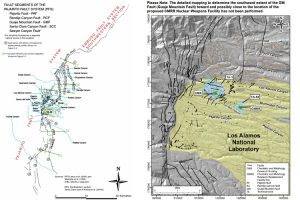 http://nuclearactive.org/ongoing-seismic-concerns-at-lanl-and-expanded-plutonium-pit-production/ Despite the lack of timely analysis with public review and comment, these expansion plans are proceeding
http://nuclearactive.org/ongoing-seismic-concerns-at-lanl-and-expanded-plutonium-pit-production/ Despite the lack of timely analysis with public review and comment, these expansion plans are proceeding
DOE and NNSA also propose to utilize their Savannah River Site in South Carolina for pit production. A programmatic EIS is needed to address proposed pit production at both LANL and Savannah River.
The NDAA is expected to move to the House floor next week. Please contact your representative and senators and urge them to support Garamendi’s plutonium pit accountability provisions. It is time to hold DOE and NNSA accountable for its plans to expand plutonium pit production at LANL and the Savannah River Site. https://nukewatch.org/ , https://srswatch.org/ , https://trivalleycares.org/
- You heard about it or read about it,
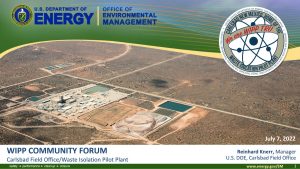 now you can view for yourself: The July 7th Fiasco DOE/WIPP “Community Forum and Open House” presentation and video recording at https://wipp.energy.gov/presentations.asp
now you can view for yourself: The July 7th Fiasco DOE/WIPP “Community Forum and Open House” presentation and video recording at https://wipp.energy.gov/presentations.asp
- July 13, 2022: NRC released Final
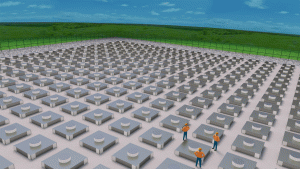 Environmental Impact Statement for Holtec Site in Southeastern New Mexico. https://www.nrc.gov/waste/spent-fuel-storage/cis/holtec-international.html
Environmental Impact Statement for Holtec Site in Southeastern New Mexico. https://www.nrc.gov/waste/spent-fuel-storage/cis/holtec-international.html
- Friday, July 15th from noon to 1 pm
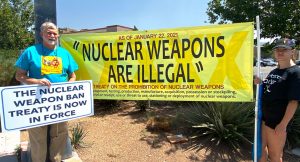 – Join the weekly peaceful protest for nuclear disarmament on the corners of Alameda and Guadalupe in downtown Santa Fe. Celebrate the successful historic First Meeting of State Parties to the Treaty on the Prohibition of Nuclear Weapons and talk about next steps!
– Join the weekly peaceful protest for nuclear disarmament on the corners of Alameda and Guadalupe in downtown Santa Fe. Celebrate the successful historic First Meeting of State Parties to the Treaty on the Prohibition of Nuclear Weapons and talk about next steps!
- Saturday, July 16th, at 7 am – 1 pm:
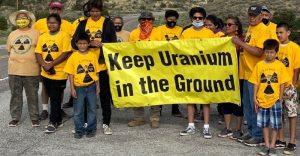 43rd Uranium Tailings Spill Legacy Commemoration – 12 miles north of Red Rock State Park on Hwy 566 near Church Rock, NM. For more information, call 505 577-8438 and https://swuraniumimpacts.org/
43rd Uranium Tailings Spill Legacy Commemoration – 12 miles north of Red Rock State Park on Hwy 566 near Church Rock, NM. For more information, call 505 577-8438 and https://swuraniumimpacts.org/
- Saturday, July 16th – 13th
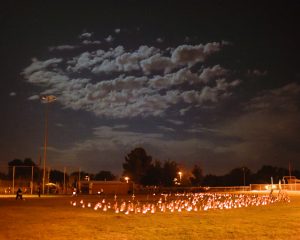 Annual Candlelight Vigil (beginning at 8 pm at the Little League Field) and Town Hall (from 2 to 4 pm at the Tularosa Community Center), Tularosa, NM. For more information, https://www.trinitydownwinders.com/
Annual Candlelight Vigil (beginning at 8 pm at the Little League Field) and Town Hall (from 2 to 4 pm at the Tularosa Community Center), Tularosa, NM. For more information, https://www.trinitydownwinders.com/
6. Thursday, July 21st from 6 to 8 pm – 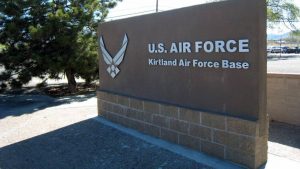 Kirtland Air Force Base Bulk Fuels Facility Open House – in person event. For more information, please contact Brannon Lamar at 377 Air Base Wing Public Affairs at (505) 846-5991 or by email at 377ABW.PA@us.af.mil
Kirtland Air Force Base Bulk Fuels Facility Open House – in person event. For more information, please contact Brannon Lamar at 377 Air Base Wing Public Affairs at (505) 846-5991 or by email at 377ABW.PA@us.af.mil
- Saturday, August 6th from noon to 2 pm at Ashley Pond in Los Alamos –
 the Santa Fe Chapter of Veterans for Peace will host the 77th commemoration of the atomic bombing of Hiroshima, Japan on August 6, 1945. Wage Peace and Nuclear Abolition! Stay tuned here for more details.
the Santa Fe Chapter of Veterans for Peace will host the 77th commemoration of the atomic bombing of Hiroshima, Japan on August 6, 1945. Wage Peace and Nuclear Abolition! Stay tuned here for more details.
- Tuesday, August 9th at 5:15 pm Mass
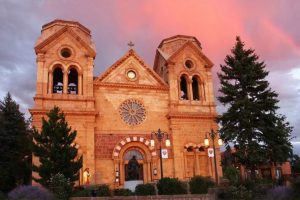 at the Cathedral Basilica of St. Francis of Assisi and Panel Discussion with Prominent Interfaith Leaders at 6:15 pm. Join Most Rev. John C. Wester, Archbishop of Santa Fe. His homily will be centered on his pastoral letter on nuclear disarmament, “Living in the Light of Christ’s Peace: A Conversation Toward Nuclear Disarmament.” For more information, https://archdiosf.org/living-in-the-light-of-christs-peace
at the Cathedral Basilica of St. Francis of Assisi and Panel Discussion with Prominent Interfaith Leaders at 6:15 pm. Join Most Rev. John C. Wester, Archbishop of Santa Fe. His homily will be centered on his pastoral letter on nuclear disarmament, “Living in the Light of Christ’s Peace: A Conversation Toward Nuclear Disarmament.” For more information, https://archdiosf.org/living-in-the-light-of-christs-peace

